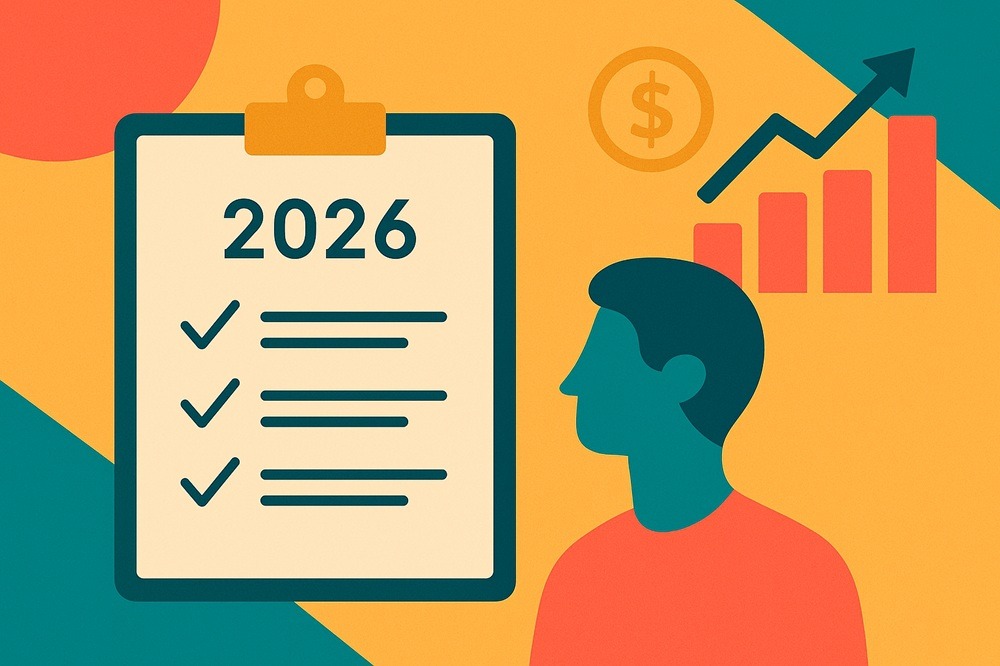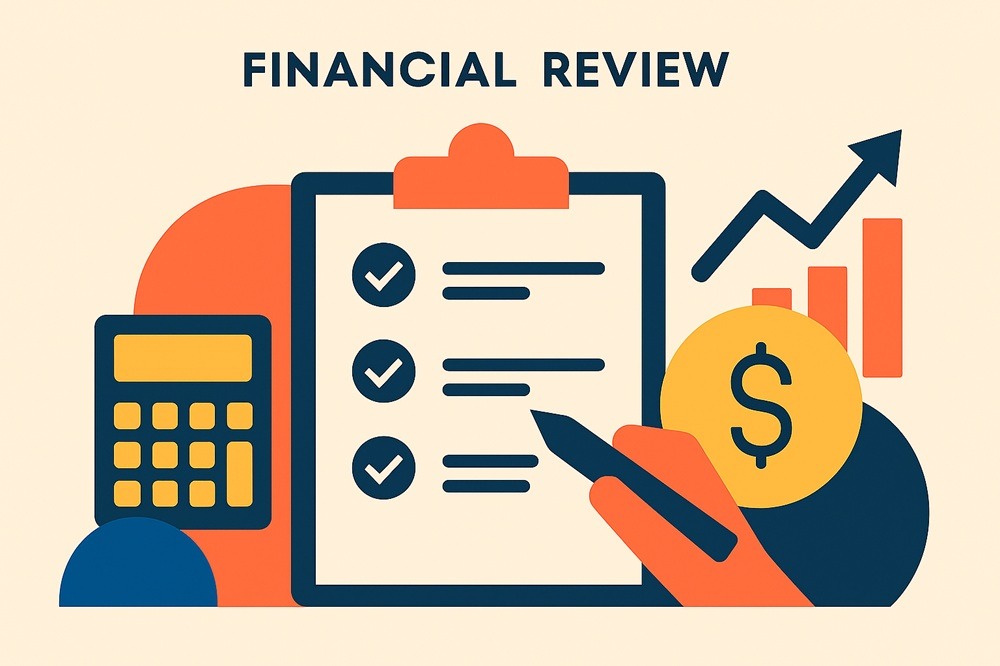Maximise Your Wealth to Prepare for Your Children’s Financial Future

Most parents (and grandparents) are interested in helping their kids out financially later in those kids’ life. Recently, we came across another of those ‘Dear Abbey’ type questions that are answered by financial advisers in the media. We thought we would use this question, which appeared in the Nine/Fairfax Press recently, to give you some of our thoughts on how best to provide for our kids future:
My wife and I are struggling to work out the best options for our retirement savings, as well as savings for our children, aged 4 and 6, to support potential university fees or their first home deposits. We had been looking to purchase an investment property or allocate some savings towards shares, given the low savings account interest rates. However, since COVID-19, we are not sure on what our best mix should be. I am aged 45, earning $130,000 a year, and my wife, 38, earns $8000. I salary sacrifice $400 a month into my superannuation fund, which has a balance of about $102,000. I moved from the UK 10 years ago and have limited pension funds there. My wife does not contribute any voluntary super and has $69,000 in her fund. We own our house, valued at $360,000. We add $360 per fortnight to the children’s savings fund, now at $50,000, and $500 per fortnight to our savings, now at $30,000. All monies are held in bank accounts earn 1.35 per cent interest.
In this case, the columnist gave some very good, if brief advice, which was basically to prioritise super. As we look at the situation, we would also suggest that super be a central aspect of their financial plan. But super is not the only thing this couple should be thinking about.
This couple is aged 38 and 45 and the kids are 4 and 6. When the kids reach adulthood (18), Dad will be 57 or 59. They are unlikely to buy a home until they turn at least 25, at which point Dad will be 64 or 66. For Dad, these are ages when his superannuation is either immediately available or soon to be available. So it makes sense for him to use his super fund as a tax advantaged way to provide for his children. He simply needs to accept that one of his retirement goals is to assist his kids financially. Mum is a bit younger, but the same goes for her: super is a good way to save for her kids future.
Think, in this example, about the way the couple is currently using Dad’s super. He is earning $130,000. Assuming he gets a 10% compulsory super contribution on top of that, his employer is contributing $13,000 a year into his super fund. Dad is already sacrificing $4800 extra into super ($400 per month), bringing the total contribution to $17,800. So, through Dad, the couple is currently saving $17,800 (before tax) for their retirement.
Dad can increase the total tax-advantaged contributions to $27,500, which would involve sacrificing a further $9,700 of his salary. This is $373 per fortnight – almost exactly the amount being saved into the kids’ saving fund. However, the $373 would be pre-tax, so Dad would actually only need to give up $235 of after-tax spending power each fortnight to make this salary sacrifice. Within the super fund, the extra $373 would be taxed at 15%, leaving $318.
So, Dad could rearrange things so that he simply salary sacrifices into super instead of saving in the kids name. This would only cost the couple $235 after tax and the super fund would accumulate at a rate of $318 per fortnight.
The couple is currently putting $360 aside for the kids. Under the new plan, the couple would only be putting $235 aside after tax. To this they could add, (as the article columnist suggested), a further $115 per fortnight contribution for the wife as a spouse contribution. This would entitle Dad to a tax offset of $540 a year, meaning that the actual cost of the contribution is only $95 per fortnight. The $115 is not taxed in Mum’s super fund.
Altogether, then, the couple could end up with an extra $433 in super each fortnight (Dad’s $318 plus Mum’s $115) while only giving up $330 ($235 after tax for Dad’s salary sacrifice plus $95 after tax for Mum’s contribution). They would actually be ‘giving up’ less than the current $360 a fortnight, but they end up with more. The total ‘better-off-ness’ is $103 per fortnight, or $2,678 per year.
But super would only be ‘stage one’ of our thinking. The other thing that stands out for us is that this couple own their home worth $360,000 and there is $80,000 in cash that has been saved ($30,000 in the parents account and $50,000 ‘for the kids’). This is $440,000 in assets. The cash is only earning 1.35% interest, so it is unlikely to even be keeping up with inflation and it is certainly not keeping up with the rise in house prices that we are seeing.
The question does not say where they live, but almost certainly they could ‘upgrade’ the family home so that more, if not all, of their $440,000 is invested into the property market. To this they could even add a judicious level of debt. A borrowing of (say) $100,000 would allow them to buy a home worth around $540,000 – 50% more than the value of their current home. The interest on such a loan would only be about 3% at the moment, or $3,000 a year. This is about the same as the ‘better-off-ness’ achieved by the suggested changes to their super.
As a form of savings vehicle, a home is in many ways at least as good as super. There is no CGT payable when the home is sold, and (assuming it is well-selected), the home will access any increase in prices for residential property that occur in the next twenty years or so.
Remember, one of the couple’s aims is to help the kids buy a home when they are adults. Saving money in a savings account earning 1.35% is unlikely to help achieve this: if residential property rises in value by more than 1.35%, then the money being saved will not keep up with the rise in prices. Looked at another way, at an interest rate compounding at 1.35%, $50,000 today will only be worth $65,380 in 20 years’ time. This is an increase of just 30% on the $50,000. What are the chances that house prices in 2041 are only 30% higher than they are today?
If house prices are going to rise, the family is better off investing in the property market now so that their wealth increases with the market rise. If the increase in the value of the new family home is used to help buy the kids a home in 2041, then that 2041 home will have been (in part) essentially purchased at 2021 prices.
If prices do not rise, there is really no harm done. The kids themselves will be able to buy a home in 2041 that is still at 2021 prices. They won’t need so much help from their parents then, anyway.
Perhaps best of all, in this case, the family would be moving into a home that is valued at 50% more than where they currently live. Presumably, this makes it a better house! So, not only do they use their home as a savings vehicle for their kids – they get to enjoy better accommodation while the kids grow up!
An obvious alternative, if they do not want to sell their current home, is to buy an investment property. But the point is the same: if the aim is to help kids buy houses in the future, investing in the property market now means your money will at least keep track of house prices.
Most parents worry about providing for their kids future. The specific way in which you save for your kids’ future might vary, but the essential principle is the same: the best way to maximise your kids prospects is almost always simply to maximise your own wealth. The family home and Mum and Dad’s super are two great ways to do this.


